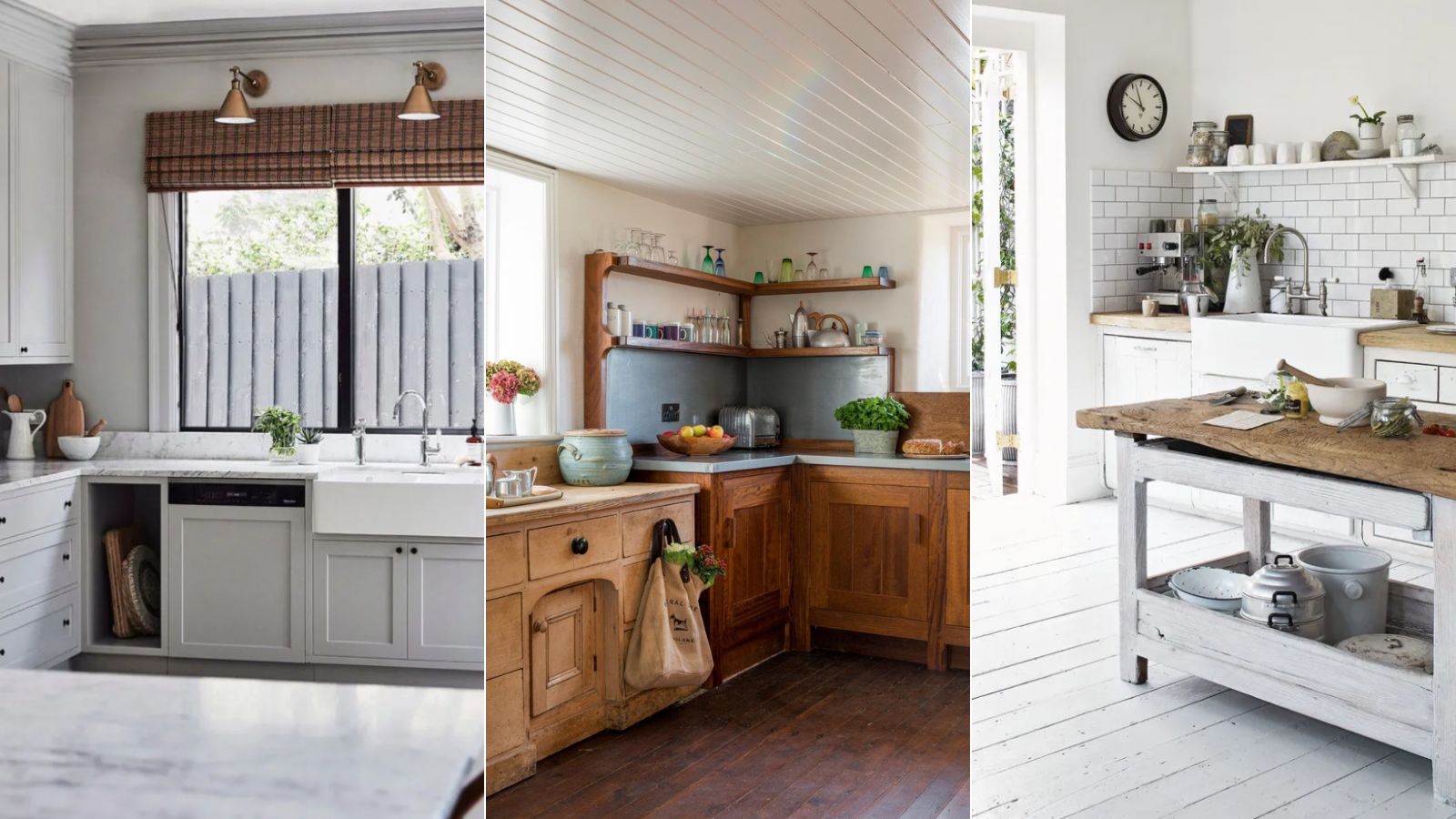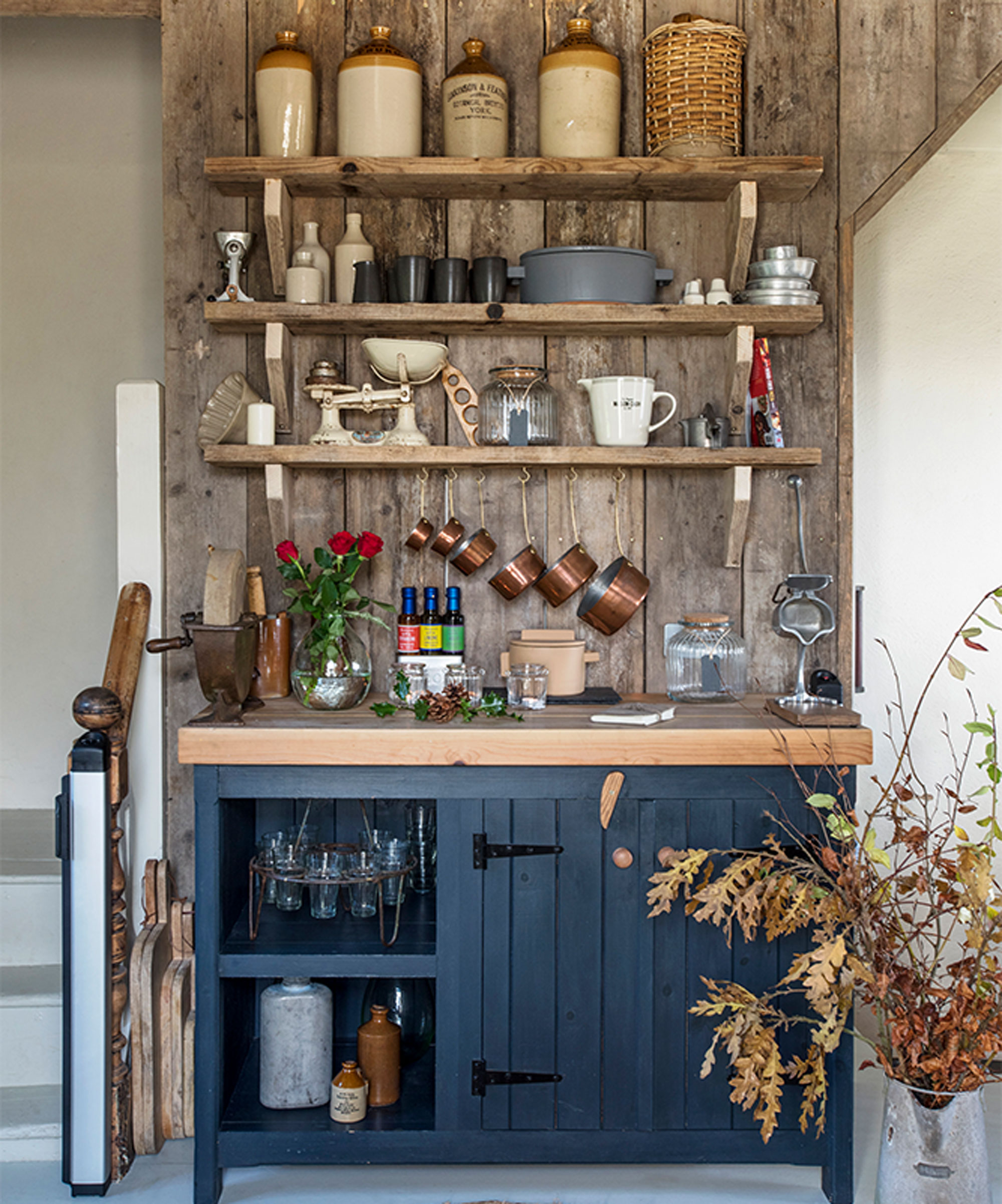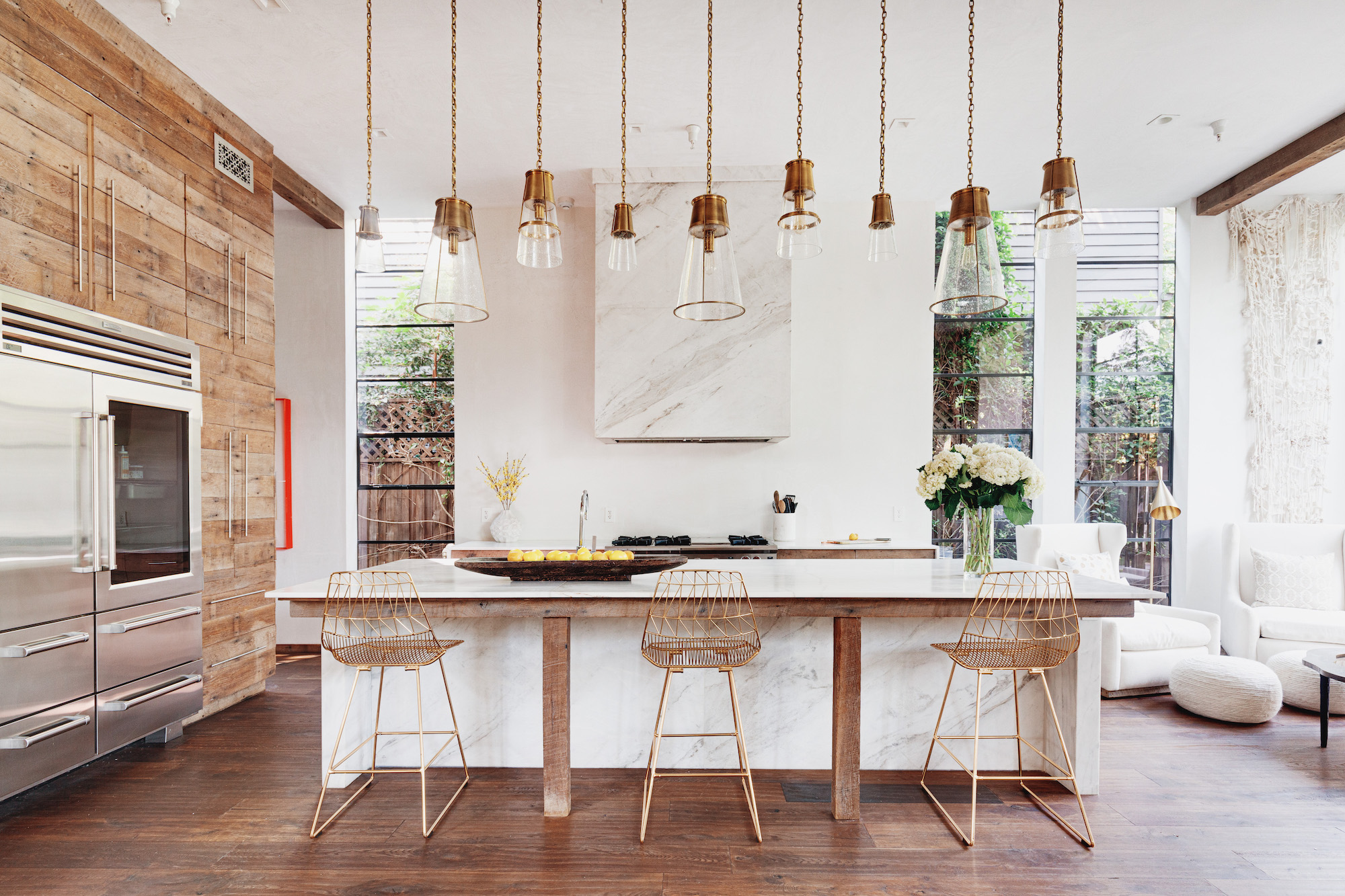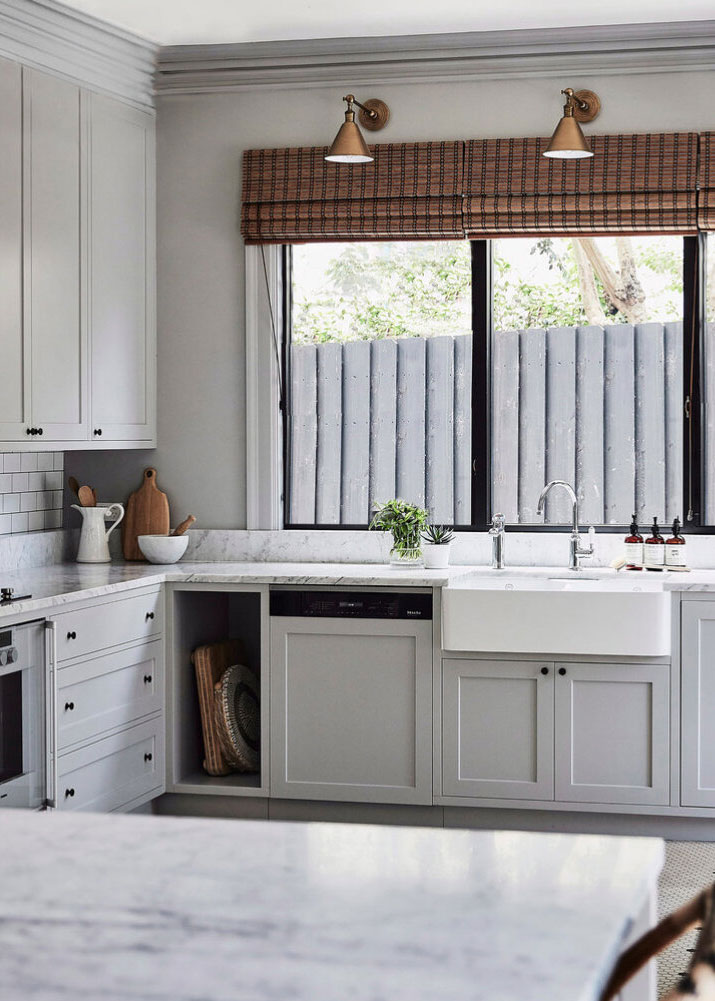5 common mistakes designers notice in modern rustic kitchens (and how to avoid them)
Ensure your modern rustic kitchen looks balanced by avoiding these mistakes


A modern rustic kitchen blends traditional farmhouse details with contemporary elements, creating a space that celebrates the old and new. When designed well, this can be an effective style that feels homely; embracing the rustic charm of natural materials yet ensuring it doesn't feel outdated with its modern edge.
A modern rustic style is very popular in kitchen ideas, and it's fairly simple to create this trending look. However, the trend can quickly look imbalanced by making a few key interior design mistakes. 'Modern rustic can be such a pretty trend, but can also go rails off if overdone,' says interior designer Nicole Cullum.
'The thing I love the most about the modern rustic kitchen trend is pairing beautiful natural textures with contemporary color palettes and clean, elegant fixtures. Where the trend can take a turn for the worse is when one of these elements is overdone and out of balance.'
5 modern rustic kitchen design mistakes to avoid
We've rounded up five decorating mistakes that interior designers say are commonly made in modern rustic kitchens. If you're considering creating this timeless look in your own kitchen, making sure to avoid these will ensure you achieve a balanced look.
1. Cluttered decor

'Often, with a rustic-chic motif, less is more,' says interior designer Kathy Kuo. 'Especially in a kitchen where you have so many items that are truly utilitarian, you can risk going over the top with farmhouse deor and inspired knick-knacks and painted signs; it can make a kitchen space feel claustrophobic. My advice would be to limit your kitchen to items that serve a purpose for cooking and eating, plus some rustic wall art to tie the space together.'

Kathy Kuo is a celebrated interior designer and international guru within the home and lifestyle space. She has 20+ years of experience in the design industry.
Nicole Cullum also observes that adding lots of decor items can be a common mistake made in modern rustic kitchens, explaining that a less-is-more approach will achieve a more visually pleasing look. 'I am not one to fill a space with decor for the sake of it. Adding an abundance of decor along countertops, walls, and cabinetry creates visual clutter and makes your space feel smaller and unorganized. Leaving space on countertops and above cabinetry gives your eye a place to rest, and makes the decor you do use more important.'
2. Using too much wood

Using wood as a primary material choice in modern rustic kitchens is incredibly common. The natural texture of wood is key to achieving a rustic look and is often used for kitchen flooring and kitchen cabinets. While wooden elements should form a central part, going overboard can overwhelm the space. 'Using too much of a good thing can sabotage your design,' explains Nicole Cullum.
Design expertise in your inbox – from inspiring decorating ideas and beautiful celebrity homes to practical gardening advice and shopping round-ups.
'Overusing wood on walls, ceiling, floors and cabinetry in your kitchen makes this gorgeous natural texture less special and more overwhelming to the eye. To get that perfect Joanna Gaines style, pick one area to showcase a beautiful wood design so it stands out.'

Nicole Cullum is an interior designer in Taos, New Mexico, and founder of Color Caravan, a charming hand-painted line of wallpaper, textiles, bedding, and home decor.
3. Overdoing rustic finishes

While opting for rustic finishes can help create the worn-in look of this kitchen trend, experts say it can actually take away from the aesthetic when overdone. 'I love using vintage pieces and antiques because of the beautiful patina they get from use over time,' says Nicole Cullum. 'Many modern rustic kitchens will try to replicate this feeling by adding a rustic finish on cabinets, walls, and furniture. Having more than one or two elements with a rustic finish can take away from the look you’re trying to achieve.'
To balance the rustic kitchen elements, make sure you incorporate plenty of clean, contemporary finishes which ensures the overall look is just as modern as rustic. 'Instead, use rustic finishes selectively and pair with modern finishes, like a matte black or brass metal, or clean white marble for a balanced look that gives a vintage vibe with a sophisticated mix.'
4. Stark lighting

Kitchen lighting plays an important role in any style of kitchen and can have a significant impact on shaping how the space feels. For a modern rustic design, overly stark lighting can create tension with the laid-back look. 'Don't underestimate lighting,' says interior designer Artem Kropovinsky, founder of NYC-based Arsight.
Instead of anything too bright, opt for more subtle lighting to complement the natural and relaxed aesthetic of the room. 'The space should have soft, layered lighting to enhance the comfortable yet modern feel,' says Artem.

Based in New York, Artem Kropovinsky, founder of Arsight, has a decade of extensive and considerable global design experience. Prioritizing minimalism, sustainability, and authenticity, Artem, alongside his team of professionals, works on projects in the US and worldwide.
5. Too many cool-toned colors

Kitchen colors are an equally important aspect of creating a successful modern rustic kitchen. One mistake that is commonly made is opting for too many cool-toned colors and not embracing any warm hues. Modern rustic kitchens are all about creating a homely and comfortable feel, and warm tones can help achieve this cozy look.
'Pick a soft and earth-dominated palette of colors,' advises Artem Kropovinsky. This is especially important if you have lots of modern finishes in your kitchen; materials such as marble countertops often come in cool colors such as white and gray, and if used in excess can make the kitchen feel cold. To help you balance this, consider adding lots of greenery through plants as well as more tactile colorful elements.
Modern rustic can be an incredibly effective design style to embrace in your kitchen; balancing the traditional charm of rustic decor with sleek and modern finishes. Achieving a successful modern rustic kitchen is all about getting the balance just right, allowing the old and the new to work in harmony together without one element dominating the space.

Emily is a freelance interior design writer based in Scotland. Prior to going freelance in the spring of 2025, Emily was Homes & Gardens’ Paint & Color Editor, covering all things color across interiors and home decor for the Homes & Gardens website. Having gained specific expertise in this area, Emily is well-versed in writing about the latest color trends and is passionate about helping homeowners understand the importance of color psychology in home design. Her own interior design style reflects the simplicity of mid-century design and she loves sourcing vintage furniture finds for her tenement flat.